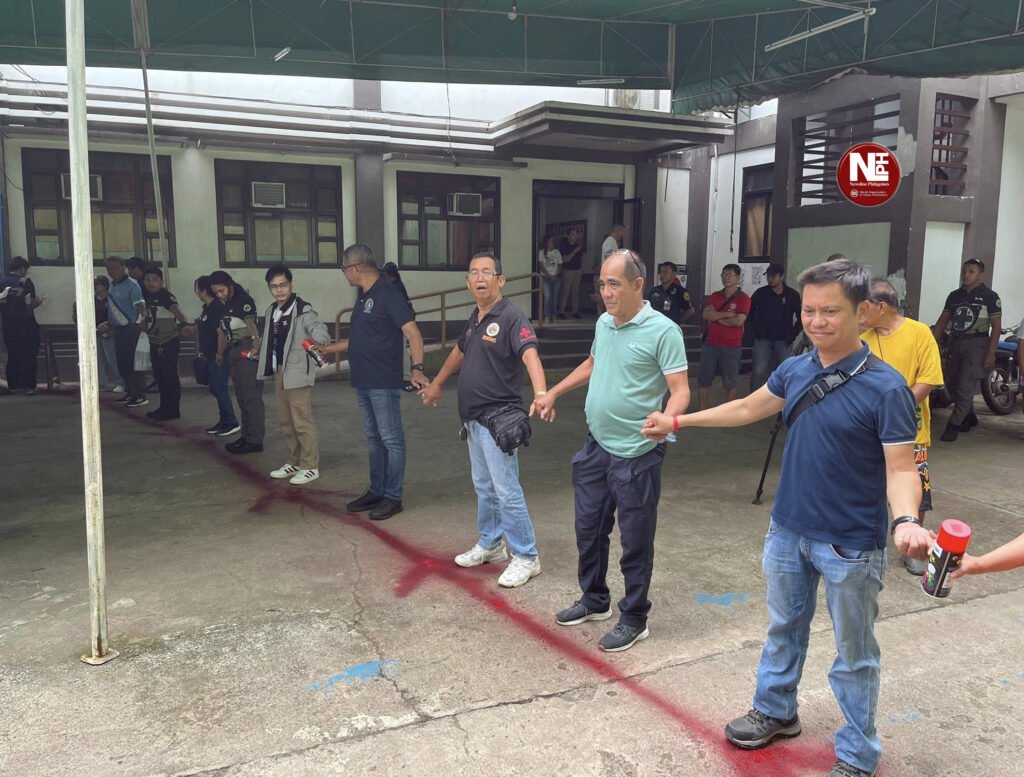Officials urge vigilance as fault-mapping nears completion

DAVAO CITY (October 7) — To help residents better understand the risks of living near active fault zones, the Office of Civil Defense–Davao (OCD-Davao), the Philippine Institute of Volcanology and Seismology (Phivolcs), and the City Disaster Risk Reduction and Management Office (CDRRMO) launched a “walk-the-fault” activity in Barangay Mintal on Monday.
The initiative forms part of the city’s ongoing effort to map and mark the Central Davao Fault System, a major seismic feature traversing several barangays. Monday’s activity focused on the Lacson fault, with government teams placing visible markers and conducting community information drives.
“This is already the fourth time. We started in 2019, and last year we completed the Dacudao fault,” said CDRRMO head Alfredo Baloran, noting that awareness can save lives when major quakes strike.
The city aims to complete the mapping of all five known faults: Lacson, Dacudao, Tamugan, Pangyan–Biao Escuela, and New Carmen. Baloran said around 70 to 75 percent of the markings have been finished so far, identifying only the surface traces of the faults. The exact depth and underground reach remain under study.
City’s seismic reality
Phivolcs has long identified Davao City as one of Mindanao’s most earthquake-prone urban centers, sitting atop several active faults capable of generating powerful quakes.
The Central Davao Fault System, in particular, is a composite structure that can trigger high-magnitude events similar to the 2019 Mindanao quakes, which caused widespread damage across the region.
Beyond scientific mapping, the city hopes the project will translate into preparedness — guiding zoning, building safety compliance, and relocation planning for at-risk communities.
“We want residents to understand what these lines mean — that they live in areas with potential ground movement,” Baloran said, adding that similar outreach activities are planned for more remote locations such as Paquibato District.
The OCD and Phivolcs are encouraging LGUs to adopt localized fault-awareness programs alongside drills and retrofitting campaigns, ensuring that hazard information directly reaches communities before disaster strikes.For Davao City, officials said, marking the ground is just the start — the real goal is a population that knows where the danger lies and how to live safely beside it.

